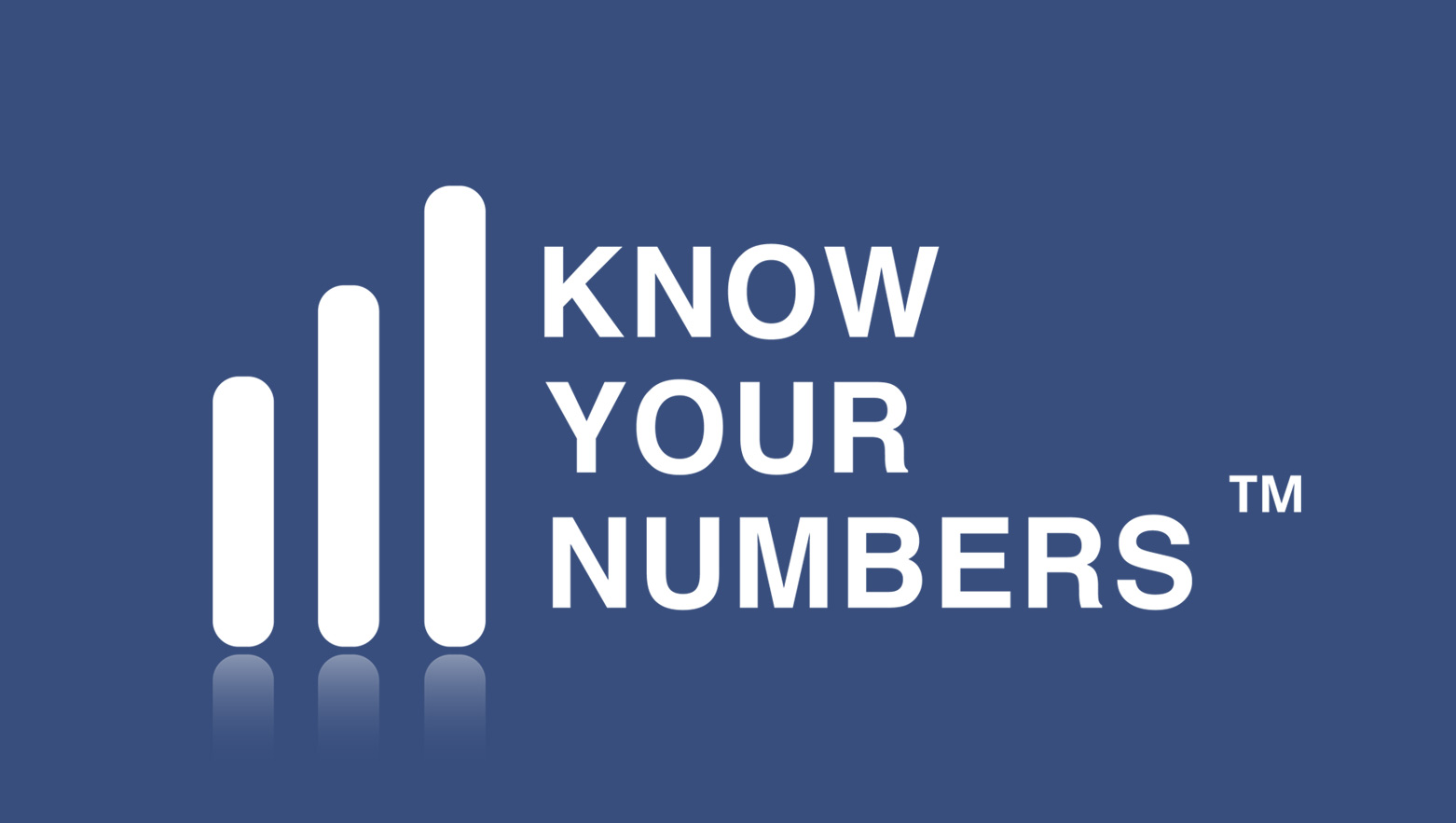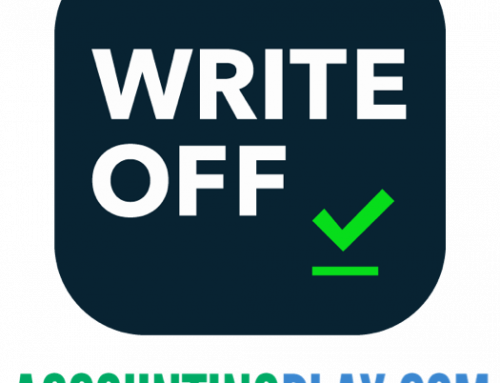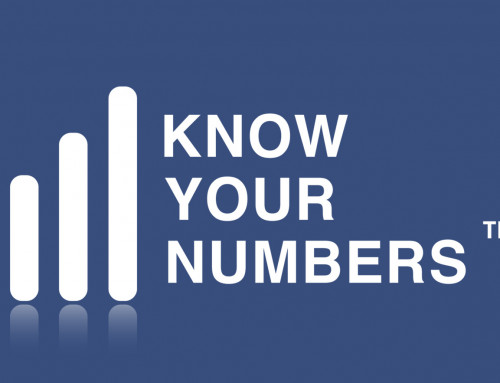Podcast: Play in new window | Download
Subscribe: Apple Podcasts | RSS
Know Your Numbers in 30 Minutes
Starting a company is easy. Creating a profitable business with minimal investment is not. Even good ideas are worth nothing and actually turning ideas to reality is only the start. The Start is a critical time for proper guidance to save your time and money – both of which can be considered as one.
Checkout the full course offering HERE.
The reality however, is that most early stage entrepreneurs cannot afford proper guidance, even if that was available for purchase. Any qualified business coach or equivalent I would figure in excess of $200 an hour. More importantly this type of person is either in such demand they are onto bigger projects or at full capacity.
Enter Know Your Numbers by Accounting Play. This course is designed to distill my decade of experience as a boot-strapped self-funded entrepreneur across two companies and the thousands of individuals and companies that I have consulted with over the years as a Certified Public Accountant. I see through the BS, I see the tax returns, and I know results.
By taking Know Your Numbers course and getting our suite of apps – including Tax Fight! you will be accelerating your entrepreneurial journey for a fraction of the cost. We are happy to help and have a ton of free resources like this as well.
If you need more assistance in getting started or are already making money, you can see if my CPA and Consulting firm can help you our by filling out our contact form:
https://www.gillinghamcpa.com/contact-us/
Checkout other software and services that successful business users are already using. Clicking the links and signing up for these earns us an affiliate commission which helps Accounting Play thrive: https://accountingplay.com/links/
Our Know Your Numbers Focus
We are focusing on self-funded (boot-strapped) businesses starting up or in the first few years of operations. This way our material can be as specific and meaningful as possible. Examples could be a consultant transitioning away from the day job, ecommerce business such as selling with Amazon, or blogger / influencer.
The material is most relevant as you begin to earn your first dollars and on to your initial $125,000 of profit. This is a major milestone. Past that and along the way it is time to get some professional help!
Must knows in rapid, condensed, high-level form
- Don't forget the Why you are doing this and the perseverance required
- Function of needs assessment
- Writing own narrative, status, and goals
- Organizing info
- Self-funding your way
- Runway
- Making money
- Finding a business entity - the Sole Proprietorship
- Corporations, LLCs, and S-Corporations in 3 minutes
- Bookkeeping, records
- Profit and loss
- Paying tax
- Paying yourself
- Strategic and retirement accounts
Know Your Numbers in 30 Minutes
Here we are trying to distill the most important things that we have found early stage entrepreneurs can benefit from. The full course is closer to three hours and when we work one on one with entrepreneurs it is closer to a three-day and three-thousand dollar ramp up.
Each one of these can create important research points a checklist of important factors that should be addressed on an ongoing basis.
Disclaimer
This course (of-course) is educational in nature and is not tax advice. If you need assistance with tax and bookkeeping help you can checkout GillinghamCPA.com and get in touch from there.
Don't forget the Why you are doing this and the perseverance required
If there is no why… there is no way. Write down why you are an entrepreneur. Saying you want more money is not enough. What are you going to do with the money? Identifying you want more freedom is just a start. What are you going to do with it? Perseverance is mandatory to solve the hundreds and thousands of issues that you will face. It is not easy. Prepare.
Function of needs assessment
A self-assessment and possibly seeking a pro to let you know what you need is invaluable. A solo self-funded consultant the vast majority should not be wasting time researching a Delaware C-Corp for example. When there is more time and less money, then spending more research time will help. Through self-study and perhaps at minimum a little professional support you can get direction on what you need to know, not everything there is to know.
Writing own narrative, status, and goals
Take your ideas from thoughts, lips, and to pencil tips. Writing down your tangible (dollars in the bank and how much you make) and intangible (goals, drive, the why) so that you can self-assess or email potential advisors. Review goals daily, read, act, and live as though these goals are well on the way.
Organizing info
Organize your business life so that others can help. So much valuable advisor time can be wasted if info is a mess. If you need to pay someone to organize then do it before talking to higher priced advisors regardless of the budget. An organizational mess detracts from ever getting to tax savings, strategy, and long-term planning.
Self-funding your way
Your greatest expense is likely your own personal costs when starting out. Your rent, food, and lifestyle will dictate how much time you can commit to your new venture. Take a hard look on if you are going to use savings or already making money at the same time. An all-in focus is great, but if you need to keep some income coming in through a night job or something that does not take much creative energy from you, then do it. If still at the day job you can get a ton of learning and administrative tasks done before your income adjusts, likely, way down. Items like email address, websites, entity formation, bank accounts, EINs and the like take a ton of time and frustration. Getting the basics in place early and when you are not on a finite time clock will increase your chances of success.
Runway
Runway for the small business entrepreneur is generally how much budget you have to spend through before things work. For most, runway is equivalent to how much time is available before money runs out. You want to use your resources so that you have the time and funding to succeed. If you need to ditch a high car payment, move back in with family, or live in a low cost country – do it. Time flies and there is so much learning curve and admin hassle and other demands in life. Be realistic to the time and resources needed and then get creative.
Making money
Do something, collect money, and now you are in business. There are surprisingly little barriers and strict rules no how you must do this in America. It is preferable to have a separate account to assist in tracking money in and out, but not even this is required. Get started and have a taste doing anything, providing value, and creating demand for what you provide.
Finding a business entity – the Sole Proprietorship
If you just start operating by yourself, accepting money, working, and making things happen in your newly found self-employed greatness, you are a sole proprietorship by default. A sole proprietorship is essentially your “operating entity” before pursuing something else if needed later. You can think that you are not incorporated (Inc.) and are not a limited liability company (LLC). You will be taxed on profit which will be more or less the business income (business money in) minus the business expenses (business money out). No payroll for yourself. You can give money to the business and take it out, more or less with few rules. This is the most common and cheap way of operating as far as administrative costs. As a sole proprietor your local city will sometimes require a local registration and fees. You can also file locally a “Doing Business As” a DBA if you would like to accept payments in the name of a business. What are the risks of the sole proprietorship?
The sole proprietorship is not a separate legal structure, so that if you get sued in the course of business, then your personal assets could be at risk. This concept is explored in later sections. By definition a sole proprietorship has one owner, unless there is a technical exception of husband and wife operating. So if you need to seek money from investors or want to have a business partner, then the solo default of the sole proprietorship simply wont work. You can borrow money and have employees. Also it is important to mention that personal business liability insurance is generally recommended with every entity as legal corporate and LLC entities don’t protect owners against everything.
Corporations, LLCs, and S-Corporations in 3 minutes
Legal structures are generally required when there is more than one person owning a business. There are exceptions, such as general partnerships, but two is a crowd so once there is more than one owner, a legal entity is almost always recommended. Legal entities allow for investment, continuity of operation in case of business sale or owner death, and offer a layer of personal liability protection from the owner.
Legal structures are the default recommendation by attorneys and CPAs as this is a text book way to form a business. There are, however, a surprisingly large amount of sole proprietors. Why? Corporate, LLC, S-Corp and any fringe structures have costs to maintain in terms of accounting, fed, state, and local tax, and often have attorney involvement. Even the hard-core do-it yourselfer when done properly will need to spend a significant amount of time to make things work. When done improperly, costly errors can happen.
Legal entities are very important to have the right fit as far as what is required, the goals of the owners, financing needs, and should be taken into the giant framework of costs versus benefit. Have no money, no time, and not seeking investment? Well then a legal entity could be out of the question. Take insurance needs seriously regardless of entity. Understand the costs versus benefits as far as setup fees, annual requirements, tax returns, accounting, payroll, and many other headaches. There is no one size fits all, but when your needs are communicated properly, then an experienced advisor should be able to identify what is the best structure in the short-term, identify what is affordable short-term, and what happens as things might change in the next few years.
Corporate entities can also have a tax rate as well which can create “double taxation.” Proceed with caution, get help early.
Bookkeeping, records
Small businesses need a way to track profit and loss. Bigger businesses need more. In the first years as possibly a sole proprietor with low transaction volume you could use excel or some other manual process to keep track of the money in. I would suggest, however, start with about a $10 a month accounting software where you connect a business bank account. Using this course for the basics can get you up and running fast. After that, an hour consult early on in the game can save hours, if not days of future headache. It is nice to know where you are. Keep receipts in email and physical form. For me, even small receipts I simply save in a big bag. While you can search out the IRS latest receipt requirements, I still think even small receipts are good to keep in case of audits or examinations.
Profit and loss
The first financial statement in practical context to know, in my opinion, is the profit and loss. Plenty of resources to learn with Know Your Numbers and the included Accounting Play apps. The statement captures your profit. Profit is loosely is calculated with the business money collected minus the expenses. It is important to note that there is nuance on the profit and loss depending on your business entity and how you pay yourself. As a sole proprietorship you are basically taxed on the profit, not what you withdraw from the business (known as a draw).
Paying tax
The general rule on taxes is that tax is due on a quarterly basis as the money is earned. In years of big income declines or increase, there can be some exceptions, but indeed tax will be due. The quarterly due dates don’t follow an exact year divided by four. The general frequency is as follows: Q1 4/15, Q2 6/15, Q3, 9/15, Q4, 1/15. As a sole proprietorship you can use business funds to pay personal taxes, but this is equivalent to a draw (taking money out). Personal income taxes are not deductions on the profit and loss.
Corporate entities including the S-Corp often involves payroll. Payroll is an expense on the profit and loss and then taxes are taken out as an employee – similar to if you were working for someone else.
Your first 50K + of profit has a big sting of taxes and should be planned for. It is brutal. Your bootstrapped business finally has a profit, you are paying off some debts and treating your patient significant other to a few nice dinners. Maybe just paying rent is a challenge enough and then… boom, massive taxes due and little to no money to pay for it. As you actually start to make some money is the mandatory time to get, at least, some minimal paid advise from the right advisor.
Corporate entities can also have a tax rate as well which can create “double taxation.” Proceed with caution, get help early.
Paying yourself
As a sole proprietor you can take and give money to the business without much issue. Once in the corporate structure, you will be looking at payroll and the complexity and involved fees from there. Start simple when it is appropriate and focus on growing your business.
Strategic and retirement accounts
In big transition years, consider use of retirement accounts for tax planning. While initially confusing and complicated, there are ways to use these to great benefit. Start learning now.






Leave A Comment